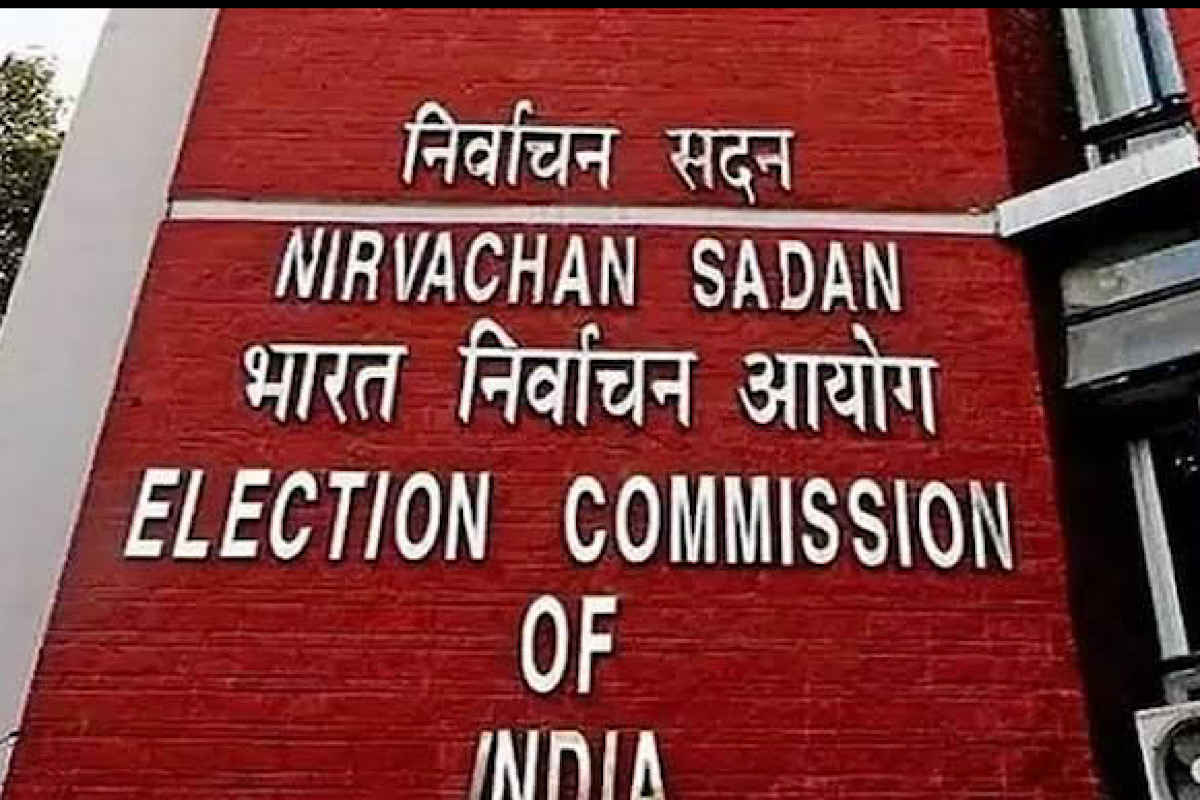Ahead of voting in the Lok Sabha elections 2024, the Election Commission of India (ECI) has accelerated efforts to enhance voter turnout in Parliamentary Constituencies (PCs) with a history of low poll participation in previous general elections.
In a day-long ‘Conference on Low Voter Turnout’, the first of its kind, held on Friday at the Nirvachan Sadan, Municipal Commissioners from major cities and select District Election Officers (DEOs) from Bihar and Uttar Pradesh deliberated together to chart a path towards enhancing voter engagement and participation in identified urban and rural constituencies.
Advertisement
The conference was chaired by Chief Election Commissioner Rajiv Kumar along with Election Commissioners Gyanesh Kumar and Sukhbir Singh Sandhu. On the occasion, a booklet on voter apathy was released by the ECI.
Eleven states and union territories namely Bihar, Uttar Pradesh, Delhi, Maharashtra, Uttarakhand, Telangana, Gujarat, Punjab, Rajasthan, J&K and Jharkhand had a voter turnout lower than the national average of 67.40 per cent in the 2019 general elections.
Out of the total 50 rural constituencies across 11 states identified with lower voter turnout than the national average in 2019, 40 are from Uttar Pradesh (22) and Bihar (18). In UP, the Phulpur constituency recorded the lowest turnout of 48.7 per cent, while in Bihar, Nalanda recorded the lowest turnout of 48.79 per cent.
While addressing the Municipal Commissioners and DEOs, CEC Rajiv Kumar said that a total of 266 Parliamentary Constituencies ( 215 Rural & 51 Urban) with low voter turnout have been identified and all concerned Municipal Commissioners, DEOs and State CEOs have been called today to find ways to reach out to voters in targeted manner. He emphasised on a three-pronged strategy of providing facilitation at polling stations like queue management, shelter parking in congested areas; targeted outreach & communication; and involvement of critical stakeholders like RWAs, local icons and youth influencers to persuade people to come to polling stations.
He directed them to prepare a booth wise action plan for enhanced participation and behaviour change. He asked all MCs and DEOs to prepare different strategies for urban and rural areas and plan interventions accordingly for different target audiences. He also emphasised that the “ One size fits all” approach will not yield results.
CEC Kumar also urged the authorities to act in a manner that instils pride among the voters in participating in the democratic festivities. He called for a movement in which people are self-motivated to vote.
The conference, a collaborative effort between the ECI and key stakeholders, focused on crafting a comprehensive action plan to address voter apathy, streamline logistical operations, and increase voter turnout. Discussions were centred on critical issues such as optimising queue management at polling stations, facilitating voting in high-rise buildings, and leveraging the influential Systematic Voters’ Education and Electoral Participation (SVEEP) programme.
With a keen emphasis on partnership and inclusivity, the ECI urged MCs and DEOs to actively contribute to the initiative. Urban specific hurdles to increased voter turnout were identified and targeted city specific interventions were planned and the officers were encouraged to develop tailored, region-specific outreach programs that resonate with the unique needs and demographics of their constituencies.
In line with this vision, the ECI outlined an array of innovative voter awareness campaigns under SVEEP, including rolling out public transport and sanitation vehicles adorned with essential election messages; incorporating voter awareness messages into utility bills for widespread dissemination; collaborating with Resident Welfare Associations (RWAs) and voter awareness forums; hosting informative sessions at popular public spaces such as parks, markets, and malls; organising engaging events like marathons, walkathons, and cyclothons to ignite voter interest; utilising various platforms including hoardings, digital spaces, kiosks, and Common Service Centres (CSCs) to disseminate voter education materials; and leveraging the power of social media platforms for extensive voter outreach and engagement.











